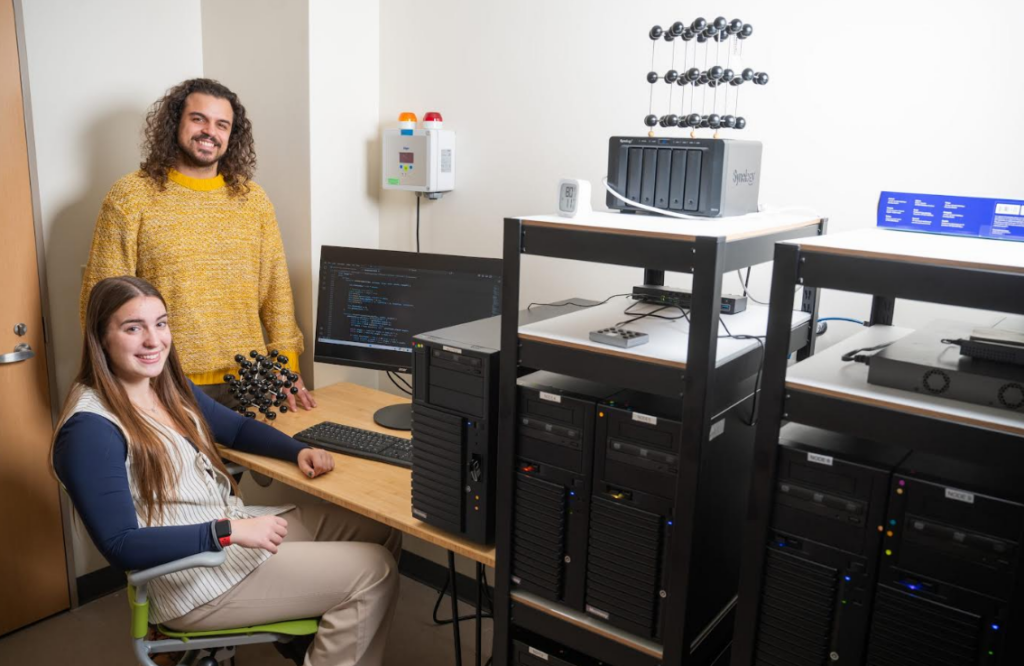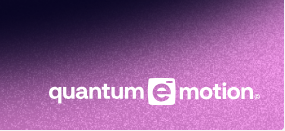Insider Brief
- Researchers from the Hebrew University of Jerusalem and Humboldt University in Berlin demonstrated a method to capture up to 80% of photons from diamond nitrogen-vacancy (NV) centers at room temperature, a key step for quantum technologies.
- The team embedded nanodiamonds into precisely engineered hybrid nanoantennas, guiding single photons in a defined direction instead of allowing them to scatter.
- The approach enables far more efficient photon collection than previous methods and could accelerate the development of quantum communication networks, sensors, and computing systems.
- Photo by ColiN00B on Pixabay
PRESS RELEASE — A new breakthrough in capturing up to 80% of photons from tiny diamond defects at room temperature achieves a necessary step for quantum technology development.
In the article published in APL Quantum, researchers from the Hebrew University of Jerusalem (HU) and the Humboldt University in Berlin approached an almost perfect collection of the faintest light signals, single photons, from tiny diamond defects, known as nitrogen-vacancy (NV) centers, which are vital for developing next-generation quantum computers, sensors, and communication networks.
NV centers are microscopic imperfections in the diamond structure that can act like quantum “light switches.” They emit single particles of light (photons) that carry quantum information. The problem, until now, has been that much of this light is lost in all directions, making it hard to capture and use.

The researchers solved this challenge by embedding nanodiamonds containing NV centers into specially designed hybrid nanoantennas. Built from layers of metal and dielectric materials in a precise bullseye pattern, these nanoantennas guide the light in a well-defined direction instead of letting it scatter. Using ultra-precise positioning, the researchers placed the nanodiamonds exactly at the antenna center—within a few billionths of a meter.
The new system can collect up to 80% of the emitted photons at room temperature, a dramaticimprovement compared to previous attempts, where only a small fraction of the light was usable.
Prof. Ronen Rapaport, of theHebrew UniversityRacah Institute of Physics, says, “Our approach brings us much closer to practical quantum devices. By making photon collection more efficient, we’re opening the door to technologies such as secure quantum communication and ultra-sensitive sensors.”
“What excites us is that this works in a simple, chip-based design and at room temperature,” says Dr. Boaz Lubowsky, also of the Racah Institute. “That means it can be integrated into real-world systems much more easily than before.”
The research demonstrates not just clever engineering, but also the potential of diamonds beyond jewelry. With quantum technologies racing toward real-world applications, this advance could help pave the way for faster, more reliable quantum networks.
The research paper titled “Approaching Unity Photon Collection from NV Centers via Ultra-Precise Positioning of Nanodiamonds in Hybrid Nanoantennas” is now available in APL Quantum and can be accessed at https://pubs.aip.org/aip/apq/article/2/3/036106/3363683/Approaching-unity-photon-collection-from-NV
Researchers: Boaz Lubotzky, Hamza Abudayyeh, Niko Nikolay and Oliver Benson, all of Humboldt Universitat zu Berlin, and Ronen Rapaport, The Hebrew University of Jerusalem.


















